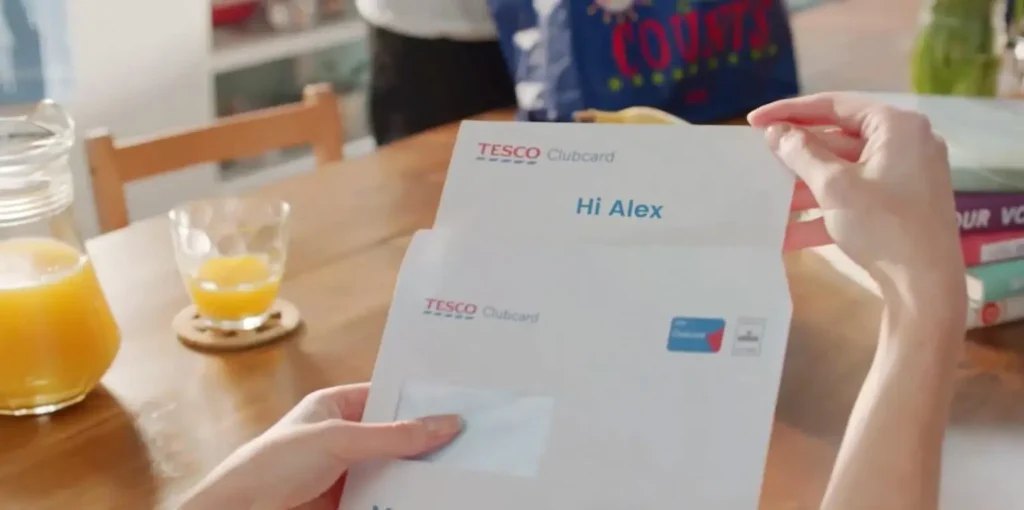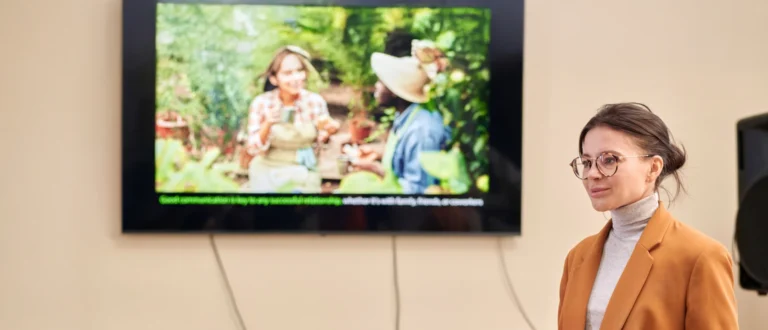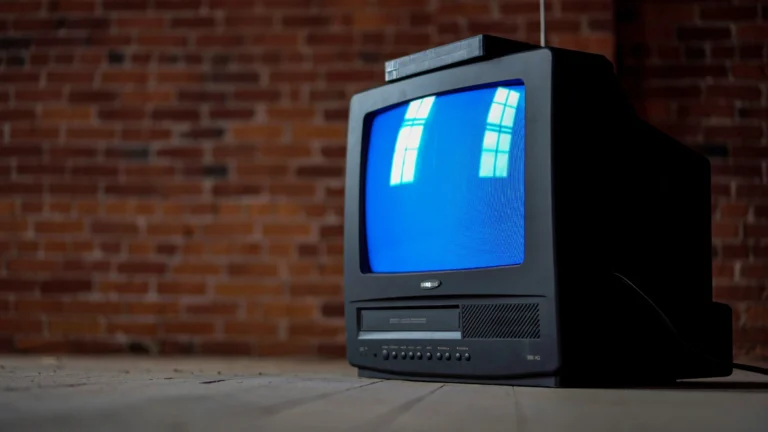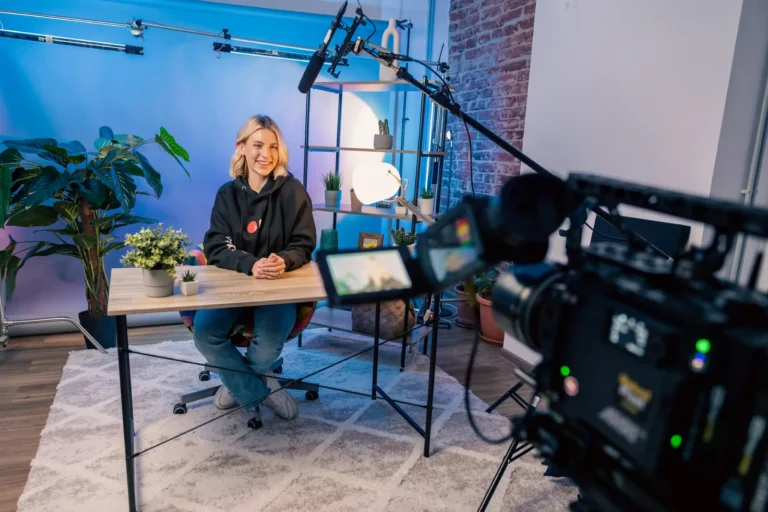According to AdRoll, 66% of advertisers have said they plan to increase their programmatic ad spend. That same report revealed that more than half of marketers’ budgets are projected to be spent through programmatic, and that 87% of marketers are seeing greater return through programmatic ads vs. traditional paid advertising.
So not only is the trend toward programmatic advertising growing, it’s growing for good reason – the numbers show that programmatic advertising has the ability to greatly increase ROI because of how efficiently it places ads in the best spots for the best prices.
But what good is programmatic online advertising if your ads themselves do not adapt to the different viewers who come in contact with them? In order to be maximally effective, programmatic advertising needs programmatic creative to build additional and individualized relevance.
For anyone looking to take advantage of programmatic creative as part of their digital advertising strategy, here are our top 4 creative tips for programmatic online advertising to ensure success…
1. Understand the “where” and the “how”
Through programmatic creative, marketers have the ability to tell multidimensional, multisensory brand stories across all popular devices and channels. When building a campaign, it’s important to know where your ads are appearing and, perhaps more crucially, exactly how they’ll be received by viewers.
Consider Facebook, where it’s estimated that between 82-85% of all video content is viewed without sound. You don’t want to be showing Facebook users conversation-heavy videos without subtitles, do you? Conversely, if someone saw a programmatic creative pre-roll ad served on YouTube, it would almost certainly have sound, unless it was purposely designed to be silent.
This is just one example to illustrate the many platform-specific engagement quirks that marketers frequently run into.
Understanding the engagement patterns and content consumption preferences of users across different platforms is in itself a science, and one that should be fully understood before launching a campaign.
2. Take people on a journey
In terms of the creative itself, we’ve progressed beyond the prehistoric days of restrictive, non-interactive flash ads. Today, if you have the data, you can manipulate the creative content of programmatic ads to more effectively appeal to individuals, tapping into key traits like age, location, interests, buying habits and more.
This opens the door for multi-platform engagement, minimized content fatigue and quicker relationship building with customers. If someone interacts with a brand via mobile, that data can be logged and used to build an even more tailored experience when that person is served another ad from the same brand on a different device, channel or even when they directly visit the brand’s website.
Because programmatic creative hinges on data, and data is always changing, the creative itself has the ability to morph as a customer matures down the sales funnel.
3. Get to know Personalized Video
Here’s a quick exercise. When you read the word “cat” do you immediately picture a cat in your mind? Chances are you do – fur, whiskers, paws and all. It’s because human beings have a natural, involuntary, highly-visual response to words. And more frequently than not, those visualizations are accompanied by a series of emotions. In this case, someone could begin missing their sweet cat at home or cringing at the memory of a particularly mean cat from their childhood.
The point is, people think in images, and images have an incredible power for driving emotional responses. Say a word, think a picture, have an emotion.
Why should you care? Because emotion is a top purchase motivator.
Now, we might be biased, but we’re pretty crazy about the powers of Personalized Video around here, and it all comes down to the captivating, multi-sensory effect data-driven video has on people. When you’re in the business of telling engaging and rich brand stories, video and data combined are your best bet to deliver an emotionally immersive experience.
O2, a telecommunications service provider based in the UK, tested the specific effectiveness of personalized video vs. traditional video in paid advertising. They distributed two videos to the same segmentations, with the difference being that one video contained personalization and the other did not. The video containing personalized creative saw a 128% uplift in CTR.
This is because personalized video caters to the individual. It’s a bespoke approach that resonates with audiences and, most importantly, drives results for businesses. Programmatic creative looks at audiences not as a whole, but as individuals with unique motivations that need to be addressed as such.
4. Use data wisely
Just because you can doesn’t always mean you should. Frequently when confronted with the power to do incredible things (like use individualized, data-driven dynamic ads) there’s a temptation to go full speed ahead. Pump the breaks for just a moment before you scare someone. No, really.
Remember when using programmatic creative that you’re trying to gain people’s trust and build a relationship.
These are human beings who might not connect the dots to realize that because they entered some personal information into Facebook, advertisers now have access to it. Someone might not appreciate that you know their name, that they have young children, that they live in Scranton and that their nearest Toys “R” Us is 2.1 miles away – oh, and by the way, here’s a map from your house to the store for reference.
Of course that’s an extreme example, but it’s an effective one.
Knowing which data to use and how to use it is just as impactful as any visual elements in your programmatic creative ads. User data is meant to enhance your creative and the brand message. Its affect should feel subtle, so someone thinks, “Oh my gosh, how convenient! I was just looking for a pair of boots exactly like this.” And not, “This is creepy, I’m never visiting Brand X’s website ever again.”
This point can pretty much be simplified to: Use your best judgement and don’t overdo it.
In Summary
When marketers implement a programmatic ad strategy, they’re suddenly collecting extremely valuable segmentation data in real time. They know who their audience is, they know what their unique traits are, and this knowledge opens the door for next-level personalized communication.
Channel this newfound power into creating programmatic creative that:
- Is optimized for multiple platforms and channels
- Always evolves and brings customers closer to a purchase decision
- Is intrinsically emotional and weaving a strong brand story
- Builds customer trust without being overbearing






